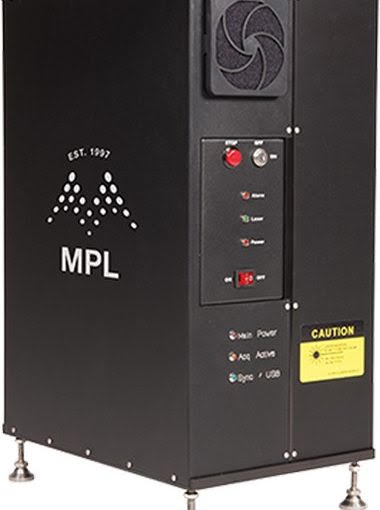I am interested in this product
Close Form

The aerosol backscatter data can be collected using the MiniMPL, which is a compact version of the standard MPL that populates the NASA MPLNET lidar network. The system has a fibre coupled detector and robust optical train and the MiniMPL reduces the power-aperture product to minimize cost, size, weight, and power requirements. As a result, detection range is limited to the troposphere, while the MPL measures into the stratosphere. For tropospheric applications such as GHG flux estimation and air quality monitoring, the MiniMPL is designed to match the data quality of a standard MPL. The whole system fits in a storm case with a telescopic handle and wheels. The system’s portability allows for applications that would not be possible with the standard MPL. The feasibility of operating the MiniMPL out of a moving car, enables one to observe the spatial structure of the mixing layer without the use of aircraft. Photon-counting detection enables the MiniMPL design to be lightweight and compact with high signal-to-noise ratio (SNR) throughout the troposphere.
I am interested in this product
Close Form
Downloads
Detailed Specs
- Range resolution: 5/15/30/75m(software programmable)
- Minimum range: 100m
- Accumulation time: 1 sec – 15 mins
- Detection range*: Typically to 15 km
- Polarization: Standard
- Scanning: Optional
Optics
- Laser wavelength: 532nm
- Laser pulse energy: 3 – 4 μJ @ 2500 Hz
- Eye-safety: ANSI Z136.1 2000, IEC 60825
- Receiver diameter: 80 mm
- Pump laser diode: Guaranteed 10,000 hours
- Detector: Fibre coupled, user replaceable
Dimensions
- Size: 240 x 305 x 480 mm
- Weight (portability): 13kg
Data
- Operating system: Windows 7/10
- Computer interface: USB
- Data transfer: LAN Ethernet
Environment
- Temperature: Operating +10°C to 35°C
- Humidity: 0 to 80%
Power
- Supply: 110-240 VAC 50-60 Hz
- Consumption: 100w


